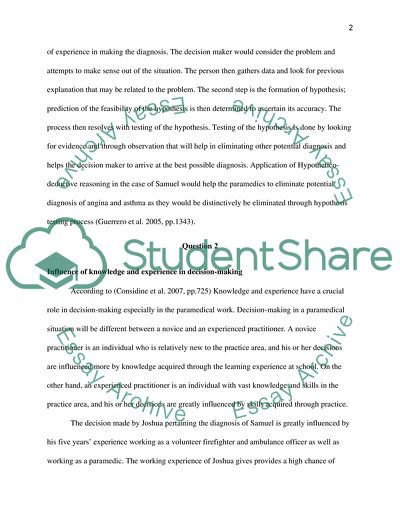Cite this document
(“Decision Making in Paramedic - Reasoning Pathway of Each of the Crew M Assignment”, n.d.)
Decision Making in Paramedic - Reasoning Pathway of Each of the Crew M Assignment. Retrieved from https://studentshare.org/nursing/1683541-paramedic-the-topic-is-decision-making-in-paramedic
Decision Making in Paramedic - Reasoning Pathway of Each of the Crew M Assignment. Retrieved from https://studentshare.org/nursing/1683541-paramedic-the-topic-is-decision-making-in-paramedic
(Decision Making in Paramedic - Reasoning Pathway of Each of the Crew M Assignment)
Decision Making in Paramedic - Reasoning Pathway of Each of the Crew M Assignment. https://studentshare.org/nursing/1683541-paramedic-the-topic-is-decision-making-in-paramedic.
Decision Making in Paramedic - Reasoning Pathway of Each of the Crew M Assignment. https://studentshare.org/nursing/1683541-paramedic-the-topic-is-decision-making-in-paramedic.
“Decision Making in Paramedic - Reasoning Pathway of Each of the Crew M Assignment”, n.d. https://studentshare.org/nursing/1683541-paramedic-the-topic-is-decision-making-in-paramedic.


